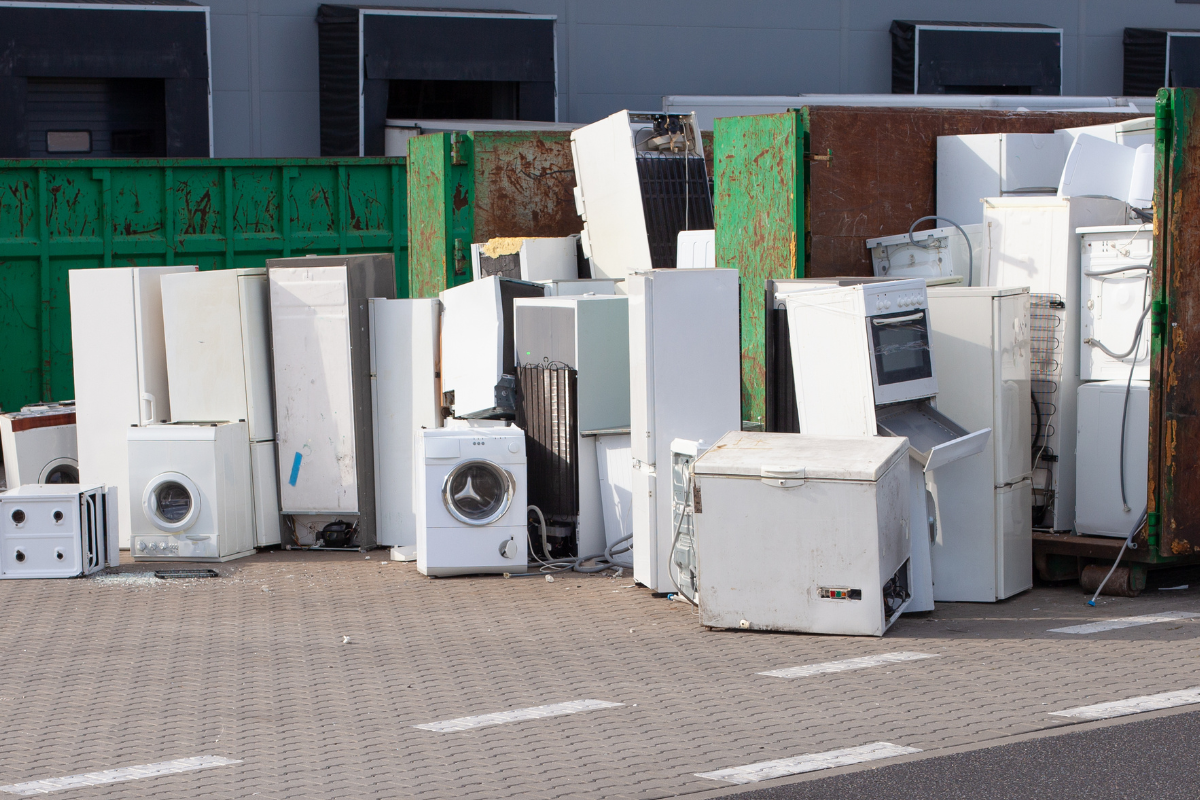
The Stewardship Agencies of BC is a coalition of extended producer responsibility organizations, including Call2Recycle Canada, Return-It, the Electronic Products Recycling Association, Recycle BC and others. | MAXSHOT.PL/Shutterstock
The Stewardship Agencies of British Columbia worked together to divert a record 425 million kilograms of end-of-life products from landfills in 2023, and leaders pointed to factors including the efficiency and education that collaboration brings.
Craig Wisehart, the group’s ambassador, said that “we have been – collectively I would say, and individually as programs – effective in getting the message out.”
“One of the things that has made all of us successful has been building education and awareness in the consumer base,” he said.
The Stewardship Agencies of BC, or SABC, is a coalition of extended producer responsibility organizations, including Call2Recycle Canada, BC Brewers’ Recycled Container Collection Council, Encorp Pacific which is also known as Return-It, the Electronic Products Recycling Association, the Canadian Battery Association, Recycle BC and others.
Wisehart said the multi-program cooperation is what makes SABC unique, and that also gives it more power to drive efficiencies.
“There are a lot of areas where it makes sense to cooperate and it just makes it much more efficient to do that,” he said.
A press release noted that thermostats, small appliances, medications, large appliances, household batteries and beverage containers all hit record-high collection numbers in 2023.
Collectively, the agencies reported collecting and recycling 1.3 billion beverage containers; 25,350 short tons of lead-acid batteries; 1,050 tons of consumer batteries, 220,460 tons of packaging and paper; 25,800 tons of beer containers and packaging; 14,330 tons of electronics; 6,280 tons of small appliances; and 210,000 major appliances.
In addition, in 2023 the number of communities participating in curbside and multi-family collection for packaging and paper grew to 196 across the province, to comprise 1.65 million households.
Small, rural communities benefit the most from the cooperation, Wisehart said, particularly First Nations communities. Some First Nation communities “are literally only accessible via barge because there’s no roads,” he said, which is cost prohibitive if each EPR program tries to go in and collect items on its own. Picking up everything at once, however, allows the transport cost to be shared and for those communities to still be served.
“Small communities are really the big winners in this,” he said.
The press release noted that British Columbia has the most extensive list of mandated materials for recycling in North America, and Wisehart said this year’s numbers show that “EPR does work.”
“One of the things that make the British Columbian EPR program work is it is what I would call true EPR,” he said. “The government sets the standard, they have their requirements, they require you to report and then the actual ‘how do you do it,’ they leave to industry, and that really is the best method.”
Industry-led EPR means that “industry can look at it and come up with the most efficient ways to do it, and it isn’t regulated into a tiny little box where you have to do this and that and the other thing, which may not be a cost effective way,” he added.